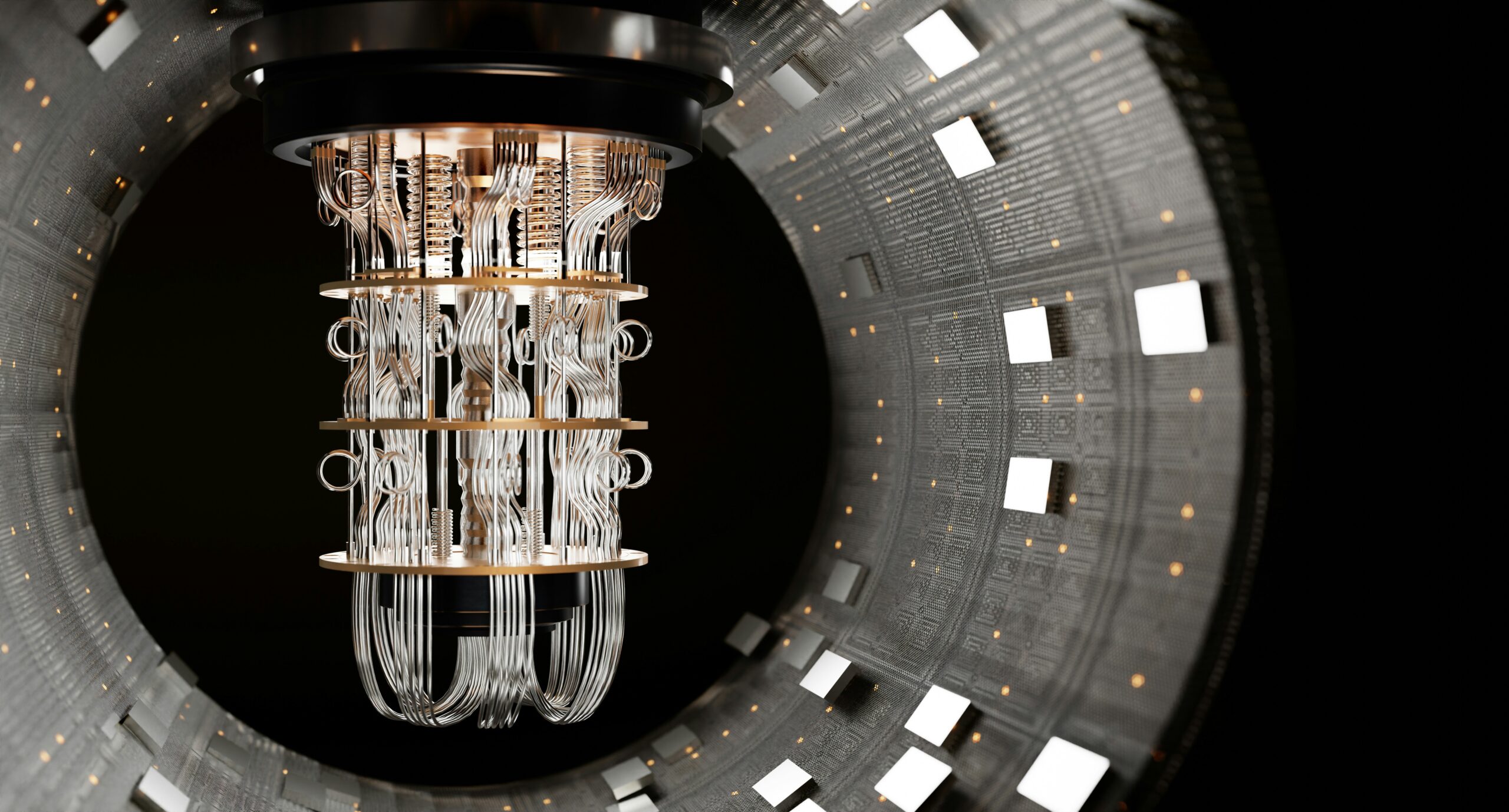The Battle of Qubits: Which Technology Will Lead Quantum Computing?
Quantum computing is advancing rapidly, but a big question remains: Which qubit technology will win out? Unlike classical computing, where silicon chips have long been the standard, quantum hardware is still an open race with several competing approaches. Each has its strengths and challenges, but only one (or perhaps a combination) will power the future of quantum computing.
Let’s take a look at the main contenders.
Superconducting Qubits: The Industry Leader
Superconducting qubits are currently the most popular type of quantum computing technology, with companies like Google, IBM, and Rigetti leading the way. These qubits are tiny electrical circuits that behave quantum mechanically when cooled to extremely low temperatures.
Why They Matter:
- They operate quickly, making them good for large-scale calculations.
- Big companies are investing heavily, leading to fast improvements.
The Challenges:
- They need to be kept at ultra-cold temperatures, making the hardware complicated and expensive.
- Highly sensitive to noise, requiring significant error correction.
Even with these challenges, superconducting qubits have made the most progress and continue to improve every year.
Trapped Ions: The Precision Alternative
Instead of circuits, IonQ and Honeywell are using individual atoms (ions) held in place by electromagnetic fields. These ions are controlled using lasers, allowing for extremely precise operations.
Why They Matter:
- Their qubits stay stable for longer.
- They offer better accuracy compared to superconducting qubits.
The Challenges:
- Their operations are slower, making calculations take longer.
- It’s harder to build large systems with many qubits.
Trapped ions may not be as fast as superconducting qubits, but their stability and accuracy make them a strong contender, especially for applications that demand precision.
Photonic Qubits: The Newcomer with Potential
A newer approach, photonic quantum computing, is being explored by companies like PsiQuantum. Instead of using physical particles, this method uses light (photons), removing the need for extreme cooling.
Why They Matter:
- They can use existing fiber-optic technology, making them easier to scale.
- They don’t need cryogenic cooling, simplifying the infrastructure
The Challenges:
- The technology is still in the early stages.
- It requires extremely precise optical components to work properly.
Even though it’s still developing, photonic quantum computing could become a breakthrough if researchers solve these engineering challenges.
So, Who’s Winning?
Right now, superconducting qubits are ahead because they have the most funding and fastest development. However, the race isn’t over. Trapped ions offer greater accuracy, and photonic qubits might eventually make scaling easier.
The most likely future? A mix of different quantum technologies working together for different tasks. The real challenge is finding a system that can scale up while staying accurate and stable.
One thing is clear: quantum computing is no longer just theory—it’s happening. The only question is which technology will lead the way.








